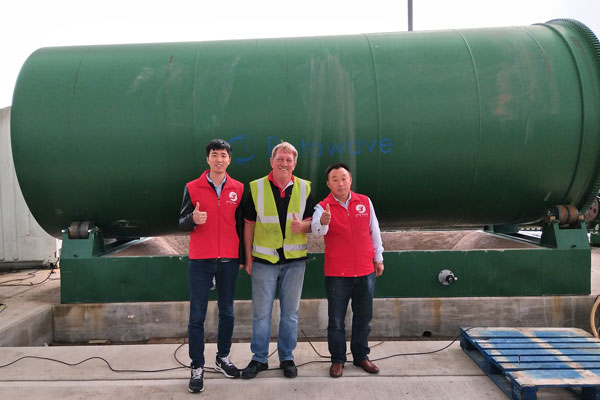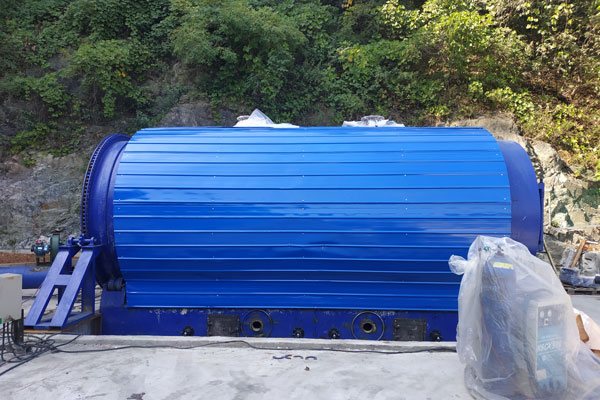A Brief Guide To A Continuous Tire Pyrolysis Plant
Have you ever heard about pyrolysis technology? Perhaps you’d like to invest in a continuous tire pyrolysis plant? You’re on the right page!
Read and explore the science behind this technology and how the continuous tire pyrolysis plant is aiding in eliminating one of the most significant pollution issues on this planet.

Pyrolysis Technology: Definition & Explanation
Since it’s a chemical process, it’s considered a thermochemical treatment. Generally, this technique relies on organic products. The organic matter is usually heated at extreme temperatures without oxygen, which causes certain chemical processes. Simply put, the organic material tends to decompose and disintegrate in this particular process. As a result, this thermal decomposition facilitates the formation of the latest molecules because the larger molecular chains are typically broken down in the procedure.
Several factors play a role in the prosperity of the small pyrolysis machine and pyrolysis process. Some of these factors include the temperature used during the process, the composition of the material going through thermal decomposition, the timeframe that the data remains from the pyrolysis chamber, and the dimensions and physical structure of the material being used in pyrolysis.
What Is a Continuous Tire Pyrolysis Plant?
Now that you’re aware of the pyrolysis process, let’s take a closer look at a continuous-type machine. Much like many other processing plants, these processing plants are often of 2 types: continuous plants and batch plants. As you might have guessed, the continuous type is where processing occurs continuously. It offers a wide range of benefits compared to a batch plant.
One of the most popular benefits is that it consists of a higher processing capacity since it can continually process raw material. That said, it comes with the limitation that the actual raw material used in the fully continuous tyre pyrolysis plant should be consistent in quality. In case the raw material isn’t consistent, then the result won’t be like you’d probably have in a process with the same quality raw material. Typically, processing any raw material requires varied settings when it comes to temperature and other parameters. And that’s why buying a continuous pyrolysis plant generally makes much economic sense if you’ve got access to a large volume of raw material.

So, when it comes to a tire pyrolysis plant, the primary raw material which will be fed to the pyrolysis chamber is waste tires. It’s worth mentioning that waste tires can be a huge pollution problem throughout the planet since most people tend to throw them into landfills. Because a variety of chemicals are used in the creation of a rubber tire, such chemicals might leech to the ground and ultimately pollute groundwater. Implementation of pyrolysis technology when it comes to the processing of waste tires provides an opportunity to fix the pollution issue due to waste tires in a lucrative manner. Click here to know the cost: https://bestonasia.com/how-much-does-a-pyrolysis-plant-cost/.
Summary
A continuous pyrolysis plant is primarily used for converting waste tires into carbon black and pyrolysis oil. The pyrolysis process typically causes thermochemical decomposition of relatively larger molecules into smaller, fine molecular chains ultimately resulting in the production of carbon black and fuel oil.
All of these products from Beston Group Co., Ltd. are in great demand. Therefore, investing in a continuous pyrolysis plant is undoubtedly a profitable opportunity for resourceful entrepreneurs.